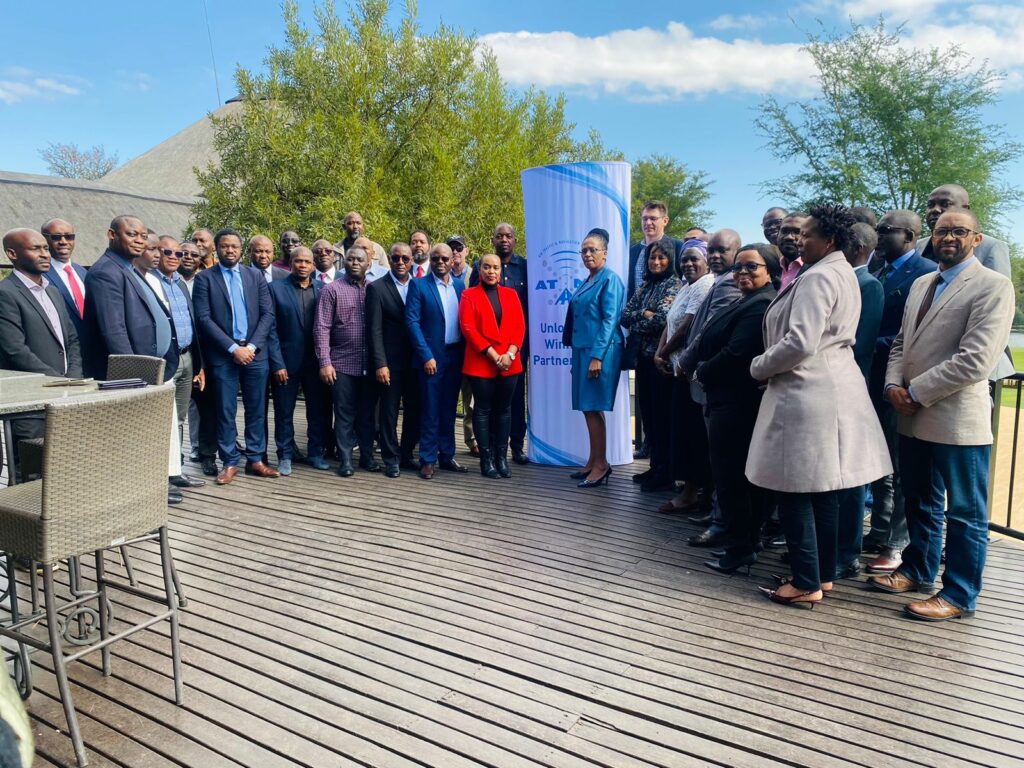Aviation experts in Aerodrome Operational Planning (AOP), Search and Rescue (SAR), Air Traffic Services (ATS), Aeronautical Information Management (AIM), Communication, Navigation and Surveillance (CNS), Procedures for Air Navigation Services – Aircraft Operations (PANS-OPS) and Meteorological Information Management (MET) from several African countries are attending the first-ever week-long International Civil Aviation Organization (ICAO) Air Navigation Services (ANS) Africa and Indian Ocean (AFI) Summit, in Limpopo, South Africa.
The summit is hosted by Air Traffic and Navigation Services (ATNS) SOC Limited, in partnership with the International Air Transport Association (IATA) and in collaboration with ICAO, to review existing air navigation-related frameworks, consolidate all the initiatives and expected outcomes, develop and compile costed projects, and identify specific activities with clear objectives, timelines, and responsibilities of each stakeholder.
The AFI Planning Implementation Regional Group (APIRG), which is the principal engine of the International Civil Aviation Organization (ICAO) planning framework, highlighted during its meeting in October 2017 in Kenya, known as the APIRG Conclusion 21/08, that enhanced benefits could be realised from the cost-effective and comprehensiveness of an AFI-wide seamless air traffic management services – as opposed to the sub-regional approaches currently being pursued. The APIRG accordingly encouraged AFI to continue efforts towards a single AFI airspace Air Traffic Service (ATS) system.
A key feature of the APIRG Conclusion 21/08 was the request for all the Regional Economic Communities, namely, the East African Community (EAC), the Economic Community of Central African States (ECCAS), the Economic Community of West African States (ECOWAS), the Common Market for Eastern and Southern Africa (COMESA), the Southern African Development Community (SADC), and Air Navigation Services Providers serving multiple States such as the Roberts Flight Information Region (FIR) and the Agency for Aerial Navigation Safety in Africa and Madagascar (ASECNA), to develop a clear and agreed roadmap, in consultation with users, for the implementation of seamless, harmonised, interoperable Air Traffic Management systems and procedures with clear benefits to the aviation stakeholders.
In her welcoming address, ATNS CEO, Ms Nozipho Mdawe stated that “as an integral part of the air transportation ecosystem, we have the honour of connecting cities and their citizens not just inside the borders of our country but also throughout the region and beyond”. She said aviation remains a significant driver for socio-economic development within the region, which requires a coordinated approach to planning and developing infrastructure to support safe, sustainable, reliable, and efficient air travel.
“To increase an Air Traffic Management
system’s overall performance, we must cooperate and consolidate efforts necessary to steer the course of both governance and industry development. The noteworthy advantages of an optimally performing regional ATM system include increased safety and efficiency, reduced fuel use, environmental preservation, and operational expense savings creating alluring African Skies,” said Ms Mdawe.
Ms Mdawe concluded, “I am confident that through focused and continuous dialogue, we can jointly develop a consolidated strategy for the implementation of a seamless, safe Air Traffic Management system in Africa. This will assist us in minimising the negative impacts of any challenge, be it disruptions or changing conditions of our operations.”
ATNS has adopted and fully supports the APIRG Conclusion 21/08, which calls for the implementation of seamless Air Traffic Management in Africa and the facilitation of the synergetic implementation of an AFI Seamless Sky.
